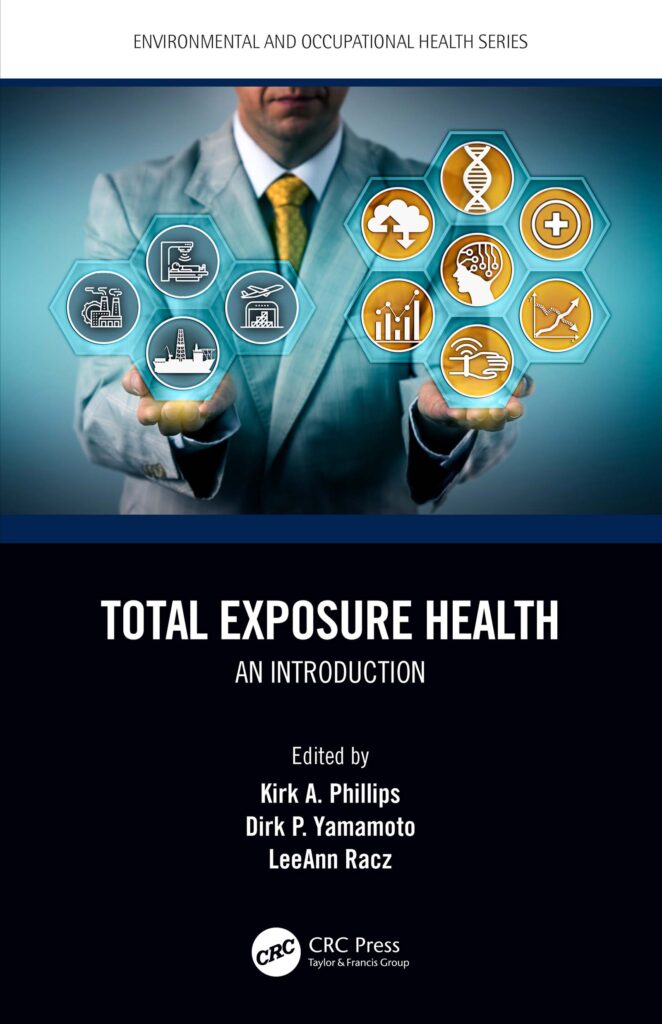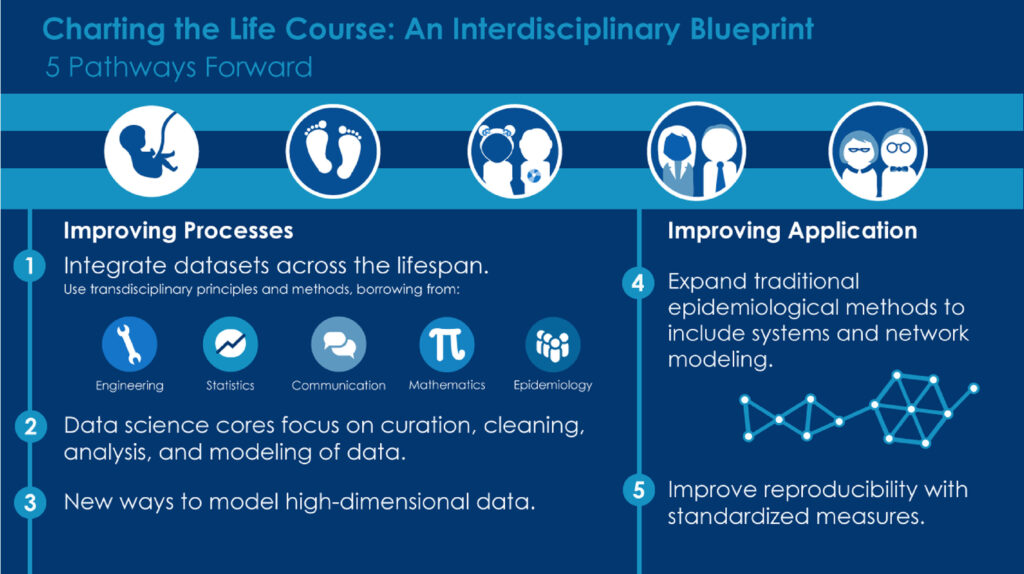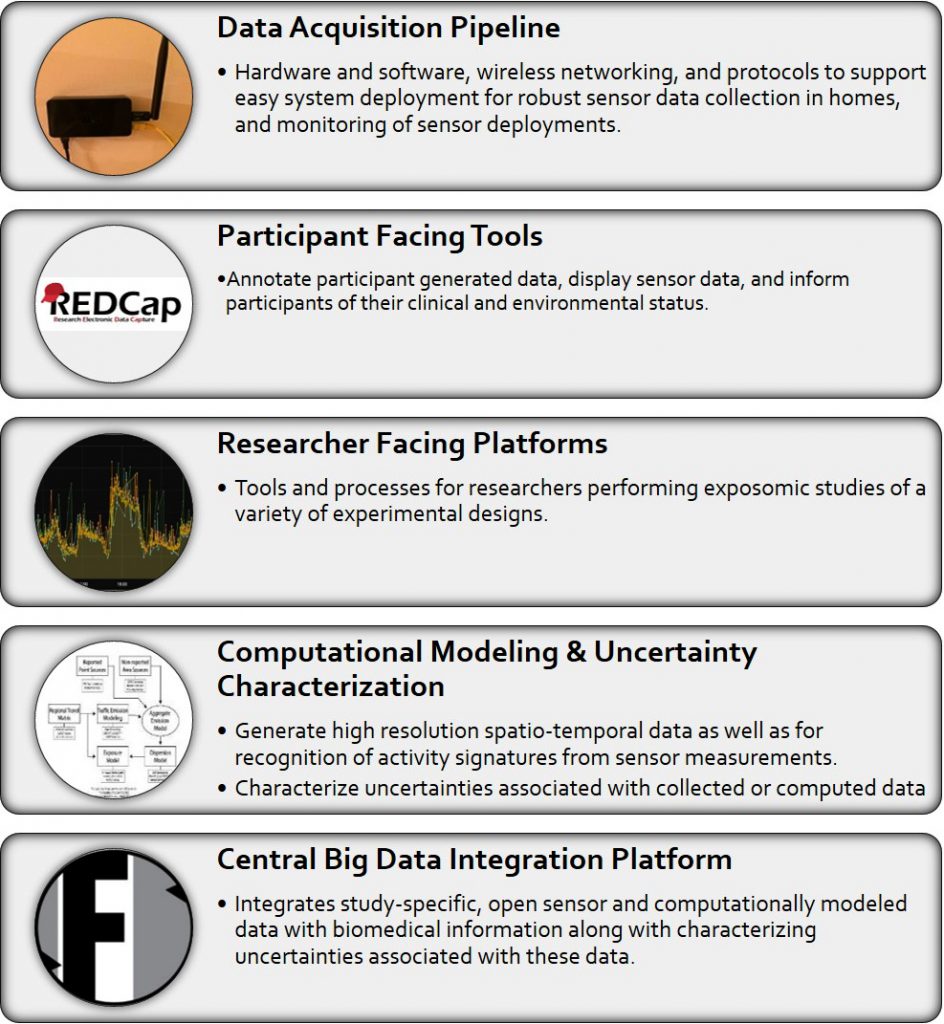What is Exposure Health Informatics?
There is increasingly persuasive evidence that health and wellness are the result of a complex interactive process between the cumulative effects of multiple environmental exposures (chemical, physical [air, noise, etc.], biological, social, and psychological), lifestyle and behavior, health care, and genetic susceptibility. These factors influence health throughout the life course, in positive (health) or negative …








